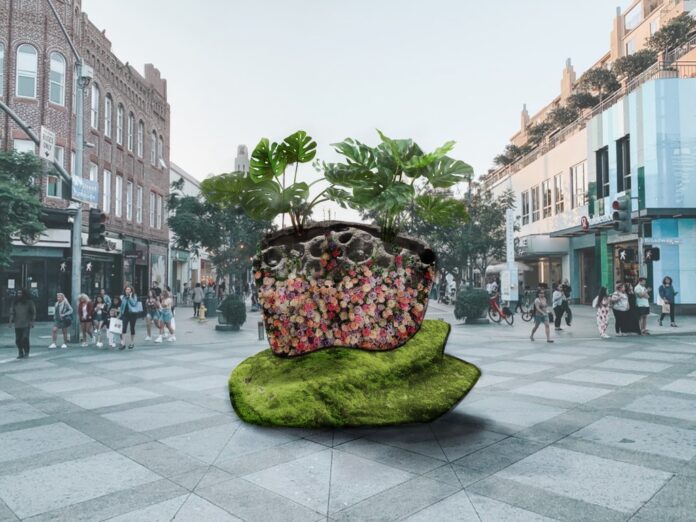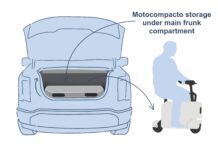In my review of science and technology literature in my problem space, I discovered a theme of people looking to combine the worlds of concrete, 3D printing, and organic life in different ways. I saw how it plants could be seeding directly into material in the construction of large-scale structures. In particular, noticed the use of specific textures created by the material itself (concrete) or the technology (3D printing) to serve as host to life in living sea walls and hydroponic substrates. In these cases, scientist are able to take advantage of the technologies inherent qualities. This really got me interested human interaction with nature as opposed to industrial material like concrete, leading me to read about how being around trees and plants can genuinely alter the chemistry of our bodies for the better – a concept known as “biophilia.”
The design conjecture you see above marries all of these research takeaways. It is a large planter to be installed in a public space, thereby bringing a piece of nature into the urban realm. The whole structure understructure is made of 3D-printed concrete, make use of it’s efficiency and ability to quickly construct a unique form in public space. The base is covered is a moss grown and attached to the rough surface of the concrete. The upper section is perforated with holes for flowers to root and grow in the soil within, similar to the lattice structure found in the hydroponic substrate. The top is akin to giant planter, providing space for larger plants to grow out of the top. This is not just meant to be something pretty to look at. The moss turns the base into a comfortable place to sit or relax – a natural cushion. The resulting product is a car cry from a chunk of concrete. The concrete becomes subordinate to the living, breathing plant cover that people see and interact with.




